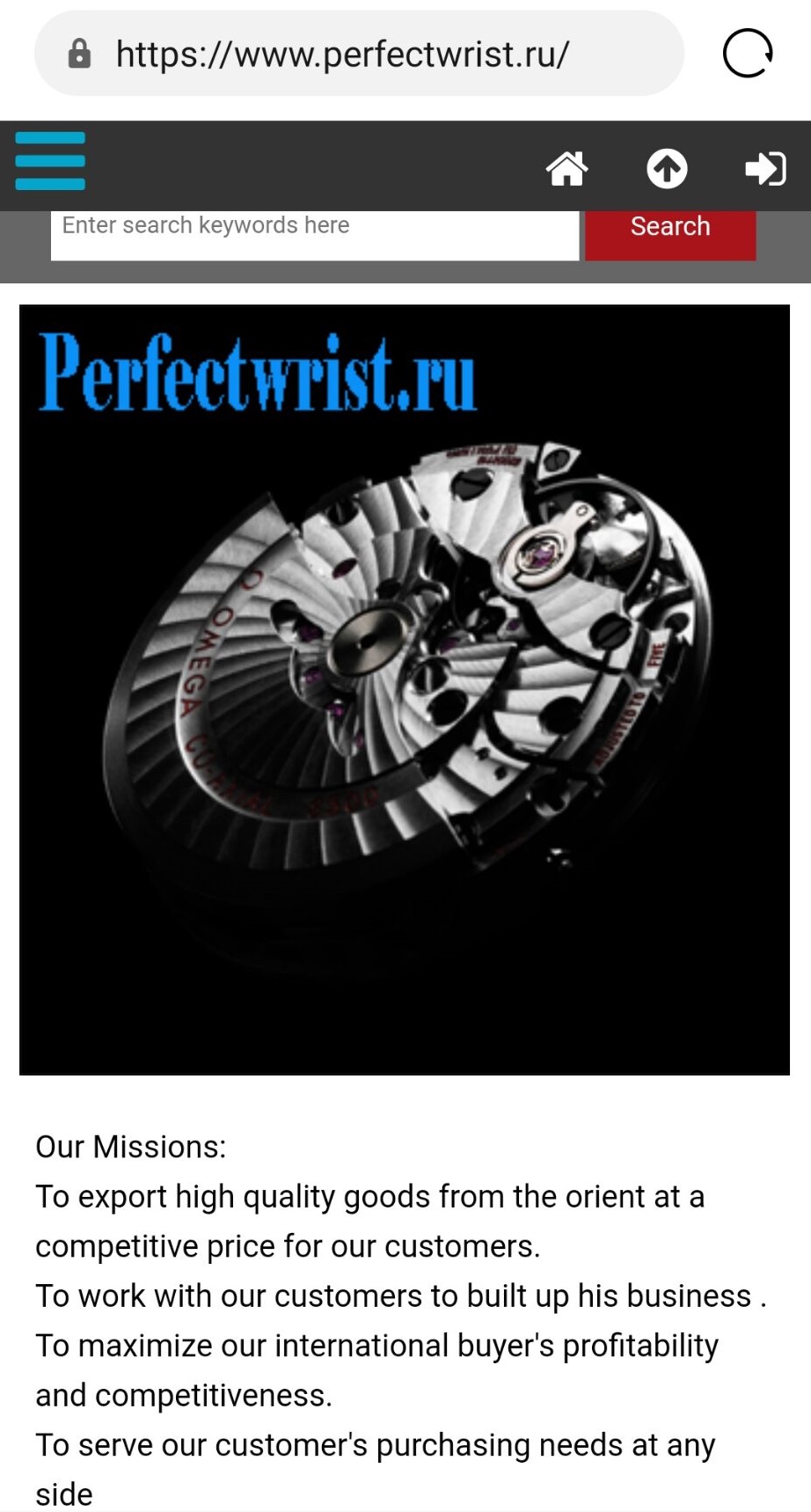At SIHH 2018 Parmigiani Fleurier debuted two new Kalpa collection watches, with a $50,000 price gap, separated by the level of luxury and exclusivity one might be interested in. The more accessible of the two is the Parmigiani Kalpagraphe Chronometre and the more exclusive of the two is the Parmigiani Kalpa Chronor. What really separates these two very similar watches? The amount of gold and to a degree decorative effort. Both will likely make owners quite happy, while the Kalpagraphe Chronometre (relatively speaking) is a good value for the money. Parmigiani Kalpa KALPAGRAPHE CHRONOMETRE
The Kalpa case is among the first that made the Parmigiani brand stand out. Its combination of elegant curves (based on Fibonacci sequence numbers-based curves) and tear-drop style lugs offered a new perspective on a tonneau-style case design. Over the years Parmigiani has played with the Kalpa design, along with many others – helping it to stand out as being one of the most easily distinguishable, albeit still “insider crowd” luxury watch brands around. One of Parmigiani’s goals over the last few years was to step in the direction of a bit more mainstream style appeal. They’ve done this mainly in regard to the dial designs – which on the new Kalpagraphe Chronometre and Kalpa Chronor are among the most sensible, and utilitarian to date (albeit with plenty of brand personality).
Despite the tonneau-shaped case, Parmigiani designed the dials themselves to be round, with a frame of hour markers and dial texturing around the main dial on the face of the watches. We feel as though this strikes a good balance between character and functionality. We even give kudos to Parmigiani for stubbornly maintaining the “open” date window, which is a difficult design element to pull off correctly – and was rightly abandoned by many other brands seeking to implement it into a dial design. When integrated correctly, an open date window can be curved, allowing for a design element on the dial which is not overly square so as to detract from the aesthetic harmony of other curved elements on the face.
I am not entirely sure why Parmigiani decided to give these watches rather different names. Though I do understand why the all-gold movement model has the Chronor name. This name seems to be reserved for special watches Parmigiani produces with all-gold movements. Check out for example last year’s 2017 Parmigiani Tonda Chronor watch here, that contained a different version of this movement, and the Tonda-style case.
Inside the Kalpagraphe Chronometre and Kalpa Chronor are the in-house designed and produced (as well as decorated) Parmigiani caliber PF362 and PF365 movements respectively. Each is a fully integrated automatic-winding 12-hour chronograph that also includes the time and date. The movements are each COSC Chronometer-certified. Parmigiani is really trying to focus both on the aesthetic and performance appeal of the movements. In addition to the brand’s world-class movement surface finishing, the PF362 and PF365 calibers have 65 hours of power reserve and operate at 5Hz (36,000bph) – just like other “high-beat” movements such as the Zenith El Primero. Each of the movements have over 330 parts, with the PF365 having a few more parts given the more separated design of the bridges. It’s nice to see the tonneau-shaped movements filling the entirety of the rear of the Kalpa-style cases as seen through the sapphire crystal caseback window.
Operating the chronograph mechanism is lovely, and I appreciate Parmigiani fully investing in all important angles of the movement ranging from performance to decoration, as well as simple operation. While the PF362 (with its gold rotor) exists in the lower-priced Kalpagraphe Chronometre watch, the PF365 sits in the Kalpa Chronor with its almost entirely gold-material construction and unique bridge designs. The PF365 is clearly the more exclusive of the two movements, with its heavy emphasis on impressive visuals (and gold).
In addition to the gold movement in the Kalpa Chronor, it also has a solid gold dial (where as the Kalpagraphe Chronometre has gold indexes and hands only). The dials on both are very high-quality in their construction, with really meticulous detailing, and slightly different visual designs for each. On the wrist these new Kalpa watches are a bit larger than their dimensions might suggest – and we recommend them for medium to large-sized wrists. The larger lug structures will otherwise jut out beyond the wrist of smaller-sized wrists such as my own. On the correct-sized wrist the 40.4mm wide and 48.2mm long tonneau-style cases look particularly impressive. It’s the anti-round case for people who still like curves in their design. Each of the watches is a not too massive 14mm thick. Produced in solid 18ct rose gold, the well-polished cases are water resistant to 30m. Parmigiani made a point to mention how they don’t bore-out any of the gold material to save money (as some other brands do). It shows (feels) as you hold either the Kalpa Chronor or Kalpagraphe Chronometre in your hand as the weight is impressive (solid gold baby!).
The world “oligarch” came up more than once during our meeting with Parmigiani while viewing these fine timepieces. There is a distinctly loud, albeit proud presence to these watches as they are formidable wrist statements unto themselves. That they are produced by a fine house known for their quality and distinctiveness is where the proud part of the equation comes in. It is one thing to be loud, it is another thing to be loud while still expressing a degree of good taste. Price for the Parmigiani Kalpagraphe Chronometre
